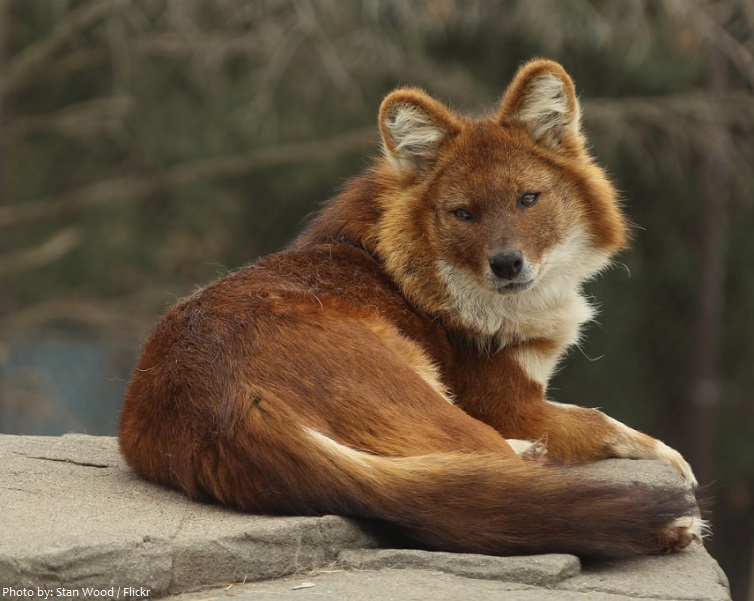The European Southern Observatory (ESO) has detected a new planet ‘Proxima d’ around Proxima Centauri.
|
Exoplanets of Proxima Centauri |
Characteristics |
|
Proxima b |
It is a planet with a mass comparable to that of Earth that orbits the star every 11 days. It is within the habitable zone. |
|
Proxima c |
It is on a longer five-year orbit around the star. |
|
Proxima d |
It is the third detected in the system and the lightest yet discovered orbiting this star. |

Reference
Scientists from the Zoological Survey of India (ZSI) have found a new mammal species in the country - the White Cheeked Macaque.
Reference
A new study has reported the presence of dholes in the high mountains of Central Asia nearly 30 years after their presence was last recorded.
|
Protection Status |
|
|
IUCN List of Threatened Species |
Endangered |
|
CITES |
Appendix II |
|
Wildlife Protection Act, 1972 |
Schedule II |
Besides the tiger, the dhole is the only large carnivore in India that is under the IUCN’s ‘endangered’ category.

Reference
Reference
Reference